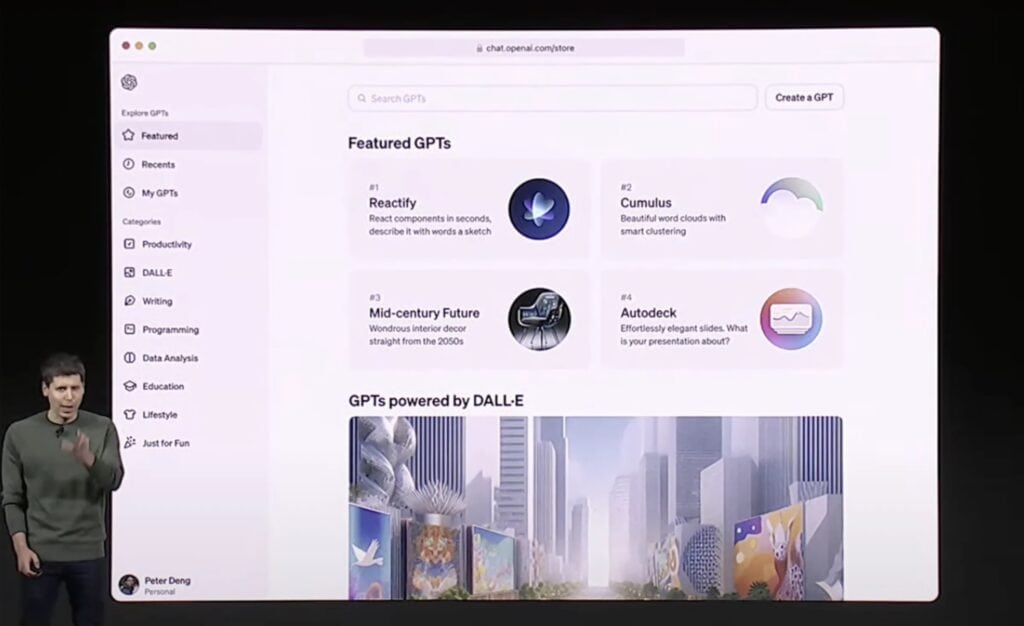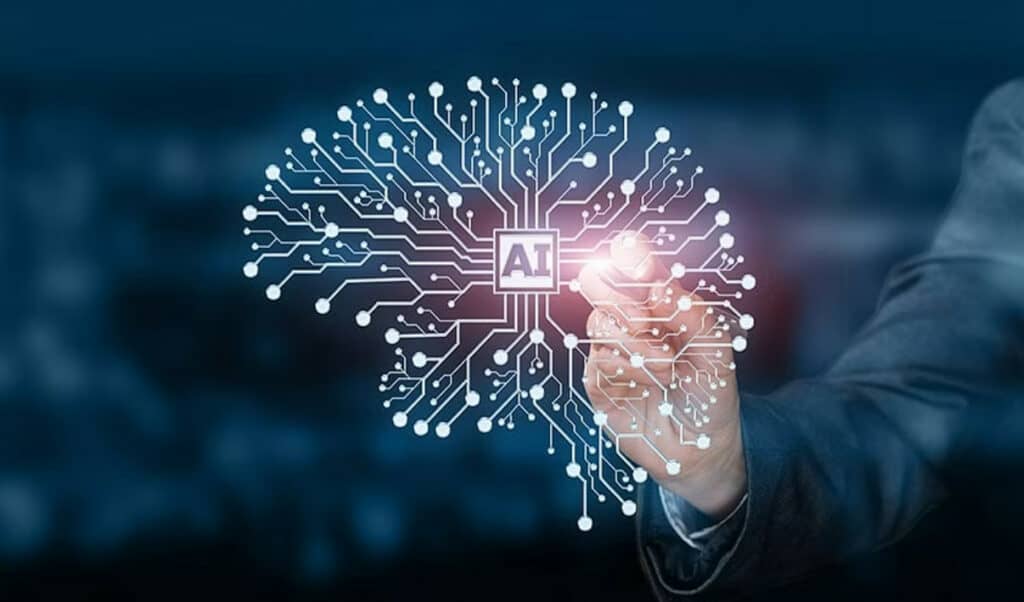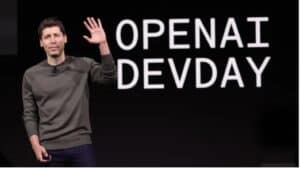After watching today’s keynote by Sam Altman, CEO of OpenAI, most of the rumors about the new announcements were spot on. As expected, we didn’t get a GPT-5, which may not arrive until late next year. But we did get a turbocharged GPT-4 with a wealth of new features.
While the event was devoted to developers, there was more than enough for users of ChatGPT Plus, the subscription-based version of ChatGPT. Here’s a quick summary of today’s major announcements, and we’ll unpack them further as we learn more.
But before we dive in, the most telling remark may have been Sam Altman’s comment during the keynote:
. . . come back next year. What we launch today is going to look very quaint relative to what we’re busy creating for you now.
That’s how fast the AI Revolution is moving. A year ago, most of the public didn’t even have access to basic generative AI. A year from now, everything we see today will seem quaint and backward. The only thing we can be sure of right now is that none of us – businesses, government organizations, educational institutions – are even remotely ready for what’s on the horizon.
A Turbocharged GPT-4
With the news of GPT-4 Turbo, OpenAI’s DevDay was a remarkable leap forward in artificial intelligence developments. We get the ability to customize GPT-4, copyright mitigation, and new security features for enterprise AI. Let’s take a quick look at what was announced:
- GPT-4 Turbo has arrived. The latest version of the company’s GPT large language model offers “better world knowledge” and a massive 128,000 token limit, allowing for much larger prompts.
- Sam Altman essentially apologized for ChatGPT being so out of date and promised that cutoff dates would never be so far in the past again. The new cutoff is April 2023 – still not perfect for many developers and users, but far better than a database two years out of date.
- You’ll now be able to make your own customized versions of ChatGPT for specific use cases. And this won’t require coding knowledge – you can train it through voice and text commands.
- These AI agents are called GPTs and will be available through OpenAI’s GPT Store. Popular GPTs will be sold, with creators receiving a portion of the proceeds (details yet to be announced). GPTs will be available to ChatGPT Plus subscribers and enterprise customers. You’ll have the option of making them private, domain-specific, or publicly accessible.

- Following the lead of Google and Microsoft, OpenAI will offer a “Copyright Shield.” Altman said, “We can defend our customers and pay the costs incurred if you face legal claims around copyright infringement.”
- Developers gain a new suite of powerful tools that help businesses and organizations deeply integrate AI into their operations.
Amazing Possibilities and New Ethical Challenges

These developments open a world of possibilities for businesses and government organizations where AI is deeply embedded in their operations. For education, there are utterly amazing opportunities to develop new learning tools.
But today’s news also opens a Pandora’s Box of ethical challenges. Will the expanded reach of AI in business accelerate job losses? Will the security features OpenAI is creating be undermined by end-users (always the weakest link in security protocols)?
How will we control user-created GPTs if they begin to interact with each other? Will OpenAI’s carefully guided development of generative AI degenerate into a massive free-for-all? Want a quick vision of a future of AI bots talking to each other without human intervention – take a look at Chirper.ai.
The Future of Our Educational Institutions
And while turbocharged GPT-4 will revolutionize education, will it get so good that students no longer see value in formal institutions of learning? The better generative AI gets, the less relevant our current educational practices become. If I can create my own tutor or buy one from the GPT store, what will the role of a teacher be in the future? In less than a decade, students will have the option of completing learning paths through a turbocharged GPT-4 or one of its successors. Education from high school on needs to do far more than focus on how we can use AI to create new learning tools. Instead, they need to ask how to redesign themselves for a future where students will have access to AI teachers anywhere, anytime.
We took a significant step into the future today. The AI revolution will create far more opportunities and ethical challenges than the web and social media revolutions combined.
Emory Craig is a writer, speaker, and consultant specializing in virtual reality (VR) and generative AI. With a rich background in art, new media, and higher education, he is a sought-after speaker at international conferences. Emory shares unique insights on innovation and collaborates with universities, nonprofits, businesses, and international organizations to develop transformative initiatives in XR, GenAI, and digital ethics. Passionate about harnessing the potential of cutting-edge technologies, he explores the ethical ramifications of blending the real with the virtual, sparking meaningful conversations about the future of human experience in an increasingly interconnected world.

